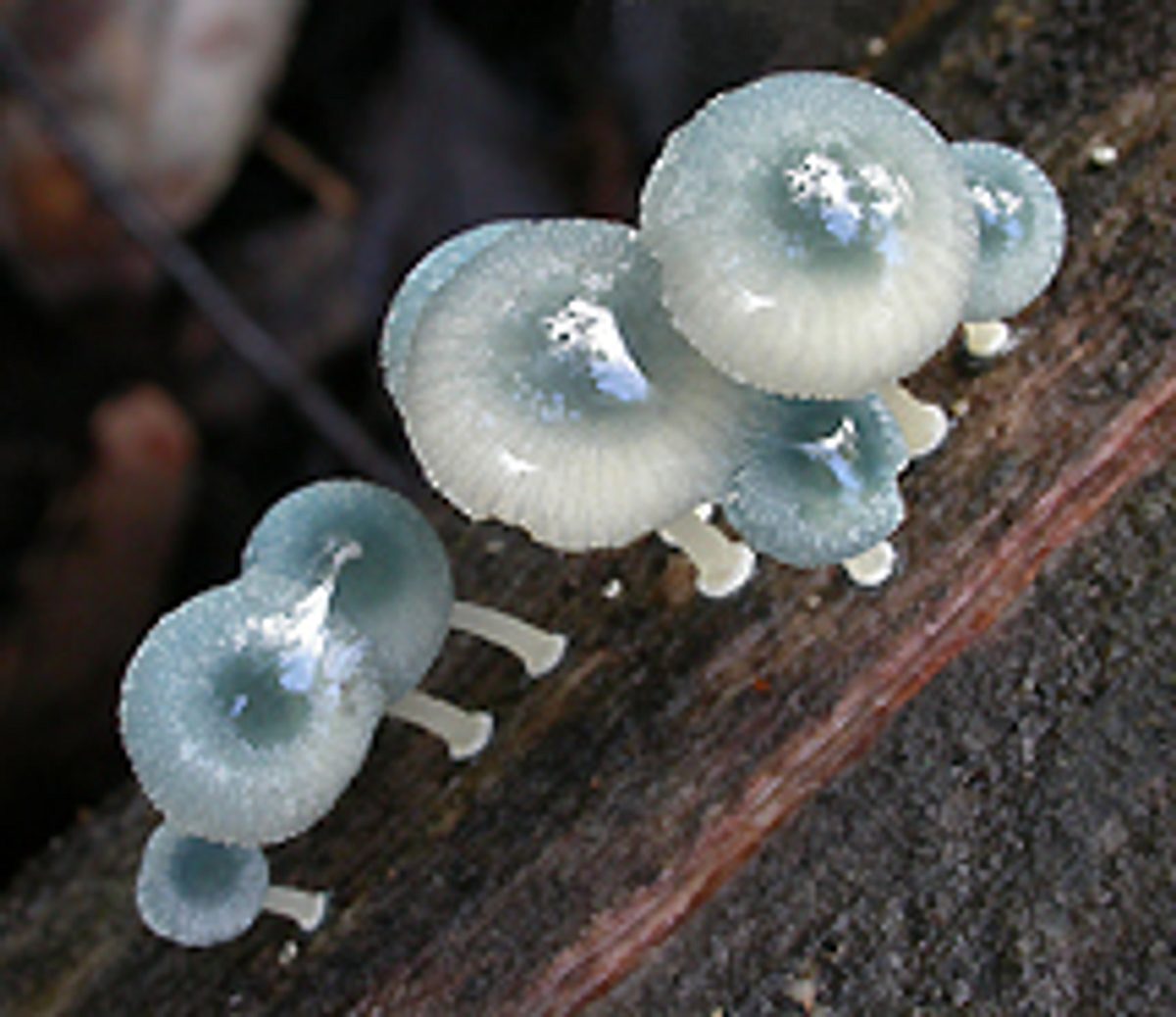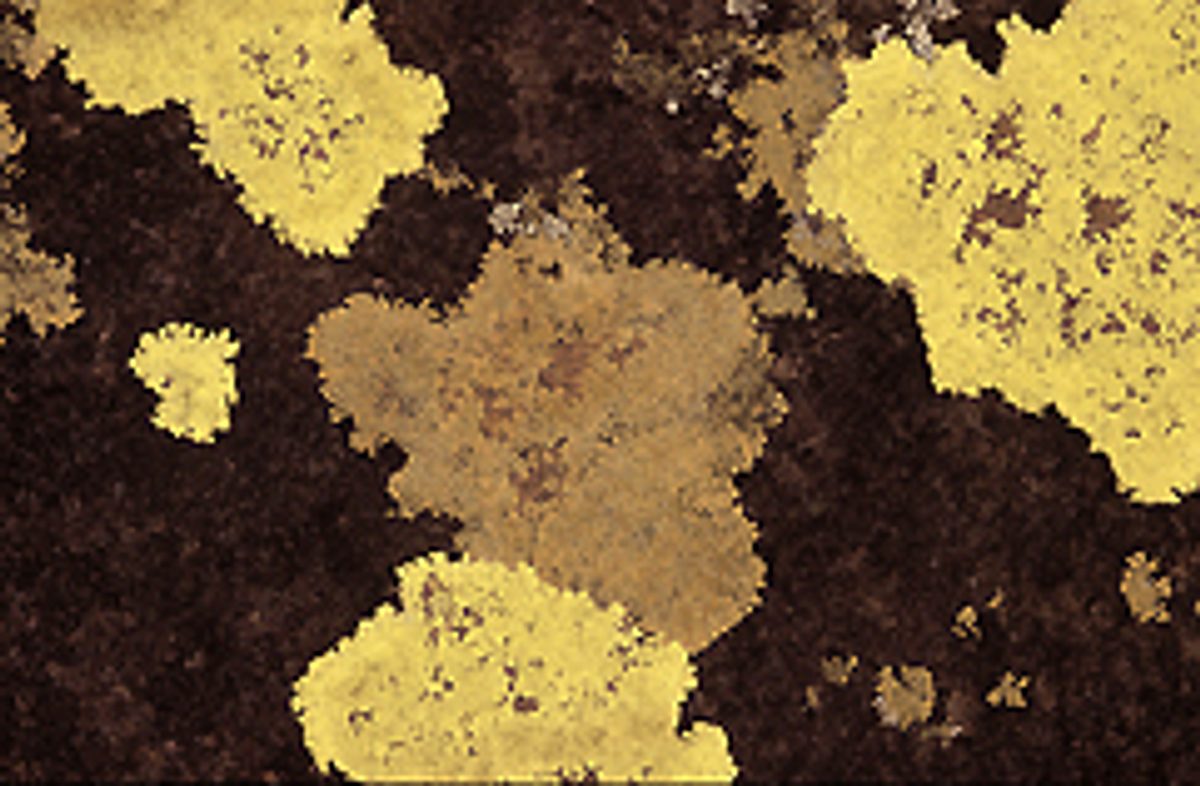Non-vascular plants
The State Herbarium holds many thousands of specimens of 'cryptogams' or non-vascular plants, including the traditional groups: algae, bryophytes, fungi and lichens - more information about these groups can be found below.
These less conspicuous plants are not often studied in detail by botanists but in South Australia we have a tradition of researching and writing about many of these groups. The State Herbarium holds very significant collections of these groups. Our handbooks on South Australian lichens, mosses, fungi and algae are based on these collections.
Algae
Southern Australian oceans are amongst the world's most biodiverse marine algal regions, particularly for red algae which flourish in deeper waters.
The State Herbarium's collections of green, red and brown algae are very extensive and includes the specimens used by Professor HBS Womersley in compiling the six volumes of the Marine Benthic Flora of Southern Australia.
The Phycology Unit is undertaking research on these plants.
Bryophytes
The Bryophytes, comprising mosses, liverworts and hornworts, are distinct groups of non-vascular plants which are very ancient in their origins. Some groups have complex and fascinating morphological adaptations to their environment, and some have even evolved a form of vascular system.
Research on mosses being undertaken at the State Herbarium is contributing towards the Flora of Australia project, especially in the families Pottiaceae and Bartramiaceae. The State Herbarium houses a significant collection of worldwide bryophytes gathered by Emeritus Professor DG Catcheside of Flinders University.
Bryophytes (along with lichens) play an important role in arid ecosystems as components of the critical but fragile crusts that stabilise many arid soils. The State Herbarium collection is particularly rich in arid soil crust species of bryophytes and lichens, notably a large collection from the research of Dr RW Rogers.
Fungi
The fungi, with about 1.5 million species across many diverse subgroups, form the second-largest group of organisms in the world. Only insects are more numerous. On a world scale, there are roughly 10 times as many fungi as there are vascular plants! They are also one of the least known major groups of biota, especially in Australia.
The State Herbarium houses an asset of national and global significance in its mycological collection of around 25,000 specimens. Most of the collection comprises the larger, non-pathogenic forms known as the macrofungi. The largest proportion is 16,000 specimens collected by Professor Sir JB Cleland (including about 400 type specimens).
In recent years intensive surveys of fungi throughout South Australia have contributed many new and valuable records to the State Herbarium collection, and added to the knowledge of the group. The State Herbarium's research on macro-fungi contributes to the national initiative Fungimap.

Lichens
The State Herbarium holds a significant collection of lichens. This complex group of organisms is also known as the 'lichenised fungi', since each species is formed by a unique symbiosis (or collaboration) of a fungal and an algal species. The alga of this association provides nutrients from photosynthesis, since fungi are not able to do so, whilst the fungus provides protection and other nutrients through decomposition. The algal components are not unique and may even be capable of separate existence, hence each lichen species is defined by its fungal component.
The State Herbarium holds a significant collection of lichens collected during British and Australian Antarctic Expeditions of the early 20th century, mostly associated with Professor Sir Douglas Mawson.



